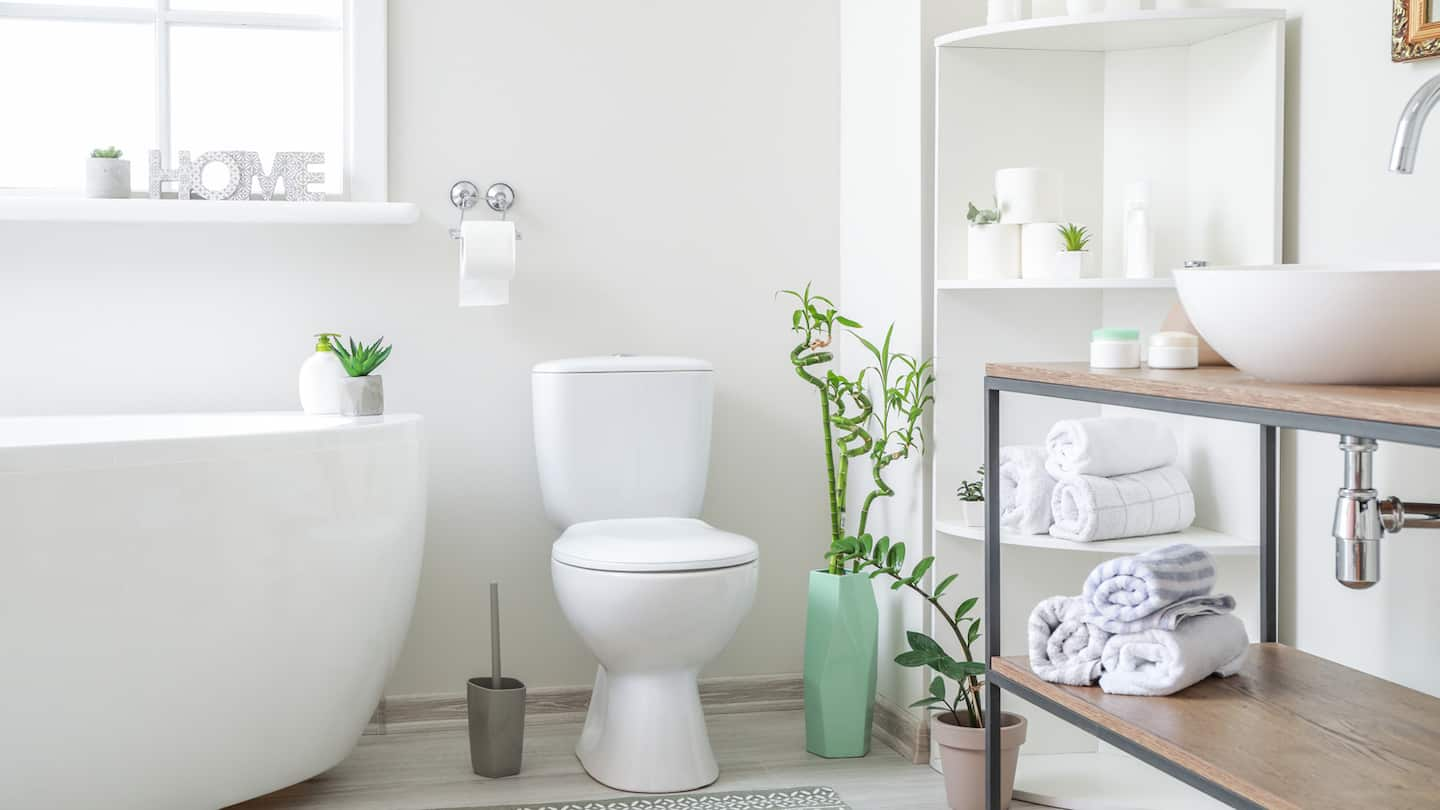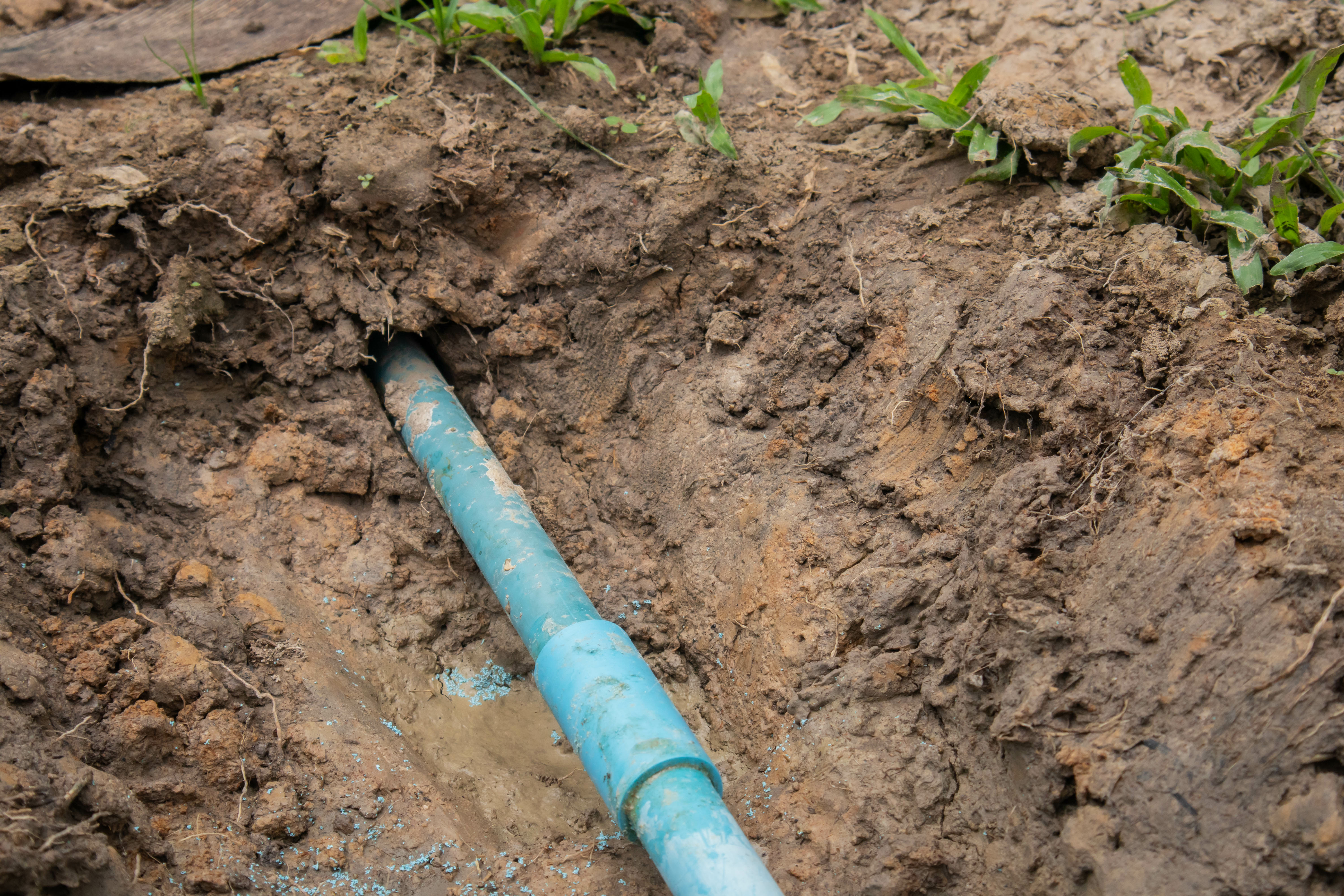
Learn how much plumbers cost in Houston, Texas. Discover how climate, soil conditions, and local factors affect plumbing service pricing in Houston.
Diagnosing a toilet leak can save you on future repairs and an inflated water bill


The most likely culprits are the drain line, wax ring, flange bolts, cracks, or water supply line.
You can replace a wax ring on a toilet, or you can call in a pro for the job.
A pro may recommend replacing parts or the entire toilet.
Leaks can lead to expensive water bills and repairs, so quickly investigate.
Are you noticing water pooling up around your toilet while you’re draining your bubble bath? Or maybe you found a puddle of water around your toilet for no apparent reason. Toilets can leak from the tank, cracks in the bowl, the water supply line, or the base.
While the issue may not be as easy to fix as a leaky toilet flapper, there are a few that can be DIY’d. Explore the six reasons why your toilet may be leaking from the base and see what you can do about it.
When taking on this project, expect questions only a pro can answer. With our network of local pros, you'll get the job done and your questions answered—without the hassle and stress of doing it yourself.
If water is leaking from the base of your toilet and the toilet is clogging easily, you may have a clogged drain line. The drain line is responsible for moving the flushed water out of the home.
A clogged drain line can put pressure on the wax ring at the base of your toilet, which can break the ring and cause toilet leaks. If you suspect this is the problem, contact a plumber for an evaluation. They can unclog the drain line and get your toilet back up and running in no time.
Wax rings on toilets, as their name may indicate, are made of wax. That’s because wax is the ideal material for the job: it’s easy to mold and shape into exactly the right configuration to prevent water from leaking out of the base of your toilet.
Unfortunately, wax is also known for being delicate. If the wax ring at the base of your toilet is loose, it can’t prevent water from leaking out and needs to be replaced. If you are a confident DIYer, you can replace the wax ring yourself.
If you prefer to let a pro handle it, call a plumber in your area to install a new wax ring. The cost for a pro to repair a base leak in a toilet is $240 on average, depending on location. Some plumbing pros will charge an hourly rate of between $75 and $150 an hour to get the job done.

The floor flange bolts have one critical job: keeping your toilet secured to the ground. If you notice your toilet is rocking or loose, it may mean you have loose flange bolts that could spring a leak.
All you need is a good pair of pliers or a crescent wrench. Remove the plastic caps on the bottom of the toilet and twist the bolts clockwise until they’re nice and firmly in place. Flange bolts that cannot be tightened might need some oil, or you may need to replace them. If they seem to spin forever, they may have fallen out of their "track" on the flange, or the flange itself may be broken.
If you find that the flange is broken, it’s time for a new one. The average cost to replace a toilet flange is about $145 to $165 but can reach $600 in more urban areas of the country.
Toilet bowls are sturdy, but accidents can happen, and toilet bowls sometimes crack. Usually, the hairline cracks are on the surface—but if they go deep enough—they can lead to leaks at the base.
Replacing a toilet bowl costs between $70 and $100, not including labor. Many plumbers will suggest that you replace the entire unit rather than just the bowl if the crack is wider than one-sixteenth of an inch. Replacing the entire toilet costs about $220 to $530. A hidden leak in your bathroom can increase your monthly water bill and cause water damage to your floors, so if you find a toilet leak, don’t delay in resolving the issue.
If you’re considering a new toilet bowl, Joseph Wood, Expert Review Board member, Master Plumber, and Founder of Boston Standard Company suggests upgrading to a High-Efficiency Toilet (HET). “If your toilet happens to be sky-blue, avocado, or pink in color (common colors in old, outdated toilets), you can likely save up to 25,000 gallons of water by going to a new HET. For the amount of time that a toilet lasts, all new models should be HET, comfort height, and include a soft-close seat as these are the modern standards for living.”
Water can collect at the base of the toilet due to a leaking water supply line, the hose that runs from the bottom of the toilet tank to the water supply valve on the wall or floor.
Turn off the water by twisting the valve on the water supply (either on the wall or the floor). Using a wrench, gently tighten the nut on the hose (where it connects to the tank) and the nut on the valve. Turn the water back on, flush the toilet, and check for leaks.
You may have noticed those plastic domes on the base of your toilet and wondered what they are. They’re actually covers for connection bolts, also called tee bolts, that anchor your toilet to the floor. Over time, they can start to loosen, which can lead to leaks.
If you think your toilet is leaking from the bolts, remove the caps and use a wrench to tighten them. If your toilet is a little off-centered, center it before tightening the bolts. Do not overtighten the bolts, as this could crack your porcelain.
The most important thing you can do when your toilet is leaking is to properly identify the problem. It could be one of the six culprits above or something more complicated that requires a visit from a professional plumber. Work your way through diagnosing the problem, taking steps like checking on the external and internal parts of the toilet and manually lifting the flapper to flush the toilet. You can also try tightening the bolts at the bottom of the toilet to see if that helps solve the issue.
Leaks happen. The best way to prevent them (if not forever, for as long as possible) is to stay on top of it. Here are a few tips for helping to prevent your toilet from leaking at the base:
Fix leaks as soon as you notice them. To prevent more issues and more expenses, don’t wait to stop a leak in its tracks. Take steps to mitigate the problem as soon as possible.
Watch what you flush. Only flush products deemed “flushable” to help prevent backups and overflow issues. And when in doubt, throw it out.
Reduce bathroom condensation. Try to watch how much condensation builds up in your bathroom. Run your exhaust fan or dehumidifier to pull out any extra moisture.
Tighten bolts regularly. It’s not normal for your toilet to move when you sit on it. If you notice any signs that the bolts are loose, take a few minutes to tighten them right then and there.
Sometimes, you can fix a toilet leaking at the base yourself. For example, if the problem is caused by loose bolts or old wax rings, all you need to do is tighten the bolts and switch to a newer ring.
However, if the leak is caused by a plumbing issue, or you’ve tried everything else but the problem persists, it’s time to contact a plumber. In most cases, it costs $150 to $300 to fix a leaking toilet.
Asking the right questions can ensure you find the right plumber and the best deal for your needs. Here is a list of important questions to ask your plumber:
Do you charge an up-front fee to come out?
Do you have experience providing information for insurance purposes?
Are you licensed and insured?
How long do you think the job will take?
What’s your hourly rate, or, how much do you think the job will cost?
Do you come back without additional charge if something wasn’t done right?
Can you provide any referrals or testimonials from past clients with similar problems?
If you are calling an emergency plumber, make sure you check the pricing because most emergency plumbers charge a higher rate than regular services. If there have been severe backflows, check to see if your plumber also handles water damage restoration. If not, you may need to find a separate restoration pro.
From average costs to expert advice, get all the answers you need to get your job done.

Learn how much plumbers cost in Houston, Texas. Discover how climate, soil conditions, and local factors affect plumbing service pricing in Houston.

Learn details about the factors that affect your main water line repair cost in Houston, including the repair type, size, and accessibility challenges.

Houston is one of the best cities in the U.S. to be in if you need to replace your water main. Consistent earth quality, material access, and a talented labor supply keep costs in check.

Copper is prone to leaks from corrosion, particularly pinhole leaks. This guide will show you how to fix a copper pipe leak in seven different ways.

The water main line is essential to your home’s plumbing. Over time, it can develop wear or damage. Find out how much a main water line replacement costs here.

Frozen underground pipes can lead to costly damage to your home. Use this guide to learn how to safely thaw them, prevent future freezes, and protect your home from expensive water damage.